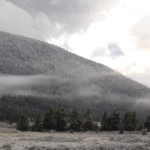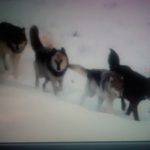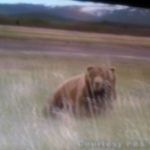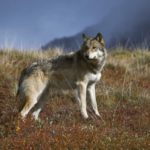While stopping short of full endangered species protections for the Greater Sage-Grouse, the Obama-era Fish and Wildlife Service implemented land use plans to restrict energy development and grazing in the expanse of northwestern U.S. desert called the Sagebrush Sea, depicted in a 2015 documentary. The Trump Interior Department attempted to amend that plan to open up more commercial activities. In September 2018, an Idaho judge put a preliminary injunction on the federal land agency, curtailing Interior’s ability to open up oil and gas exploration to areas that coincide with habitat for Greater sage-grouse. We feature here an essay on Wyoming’s core plan attempts to salvage the state’s last populations in a landscape dominated by energy development.
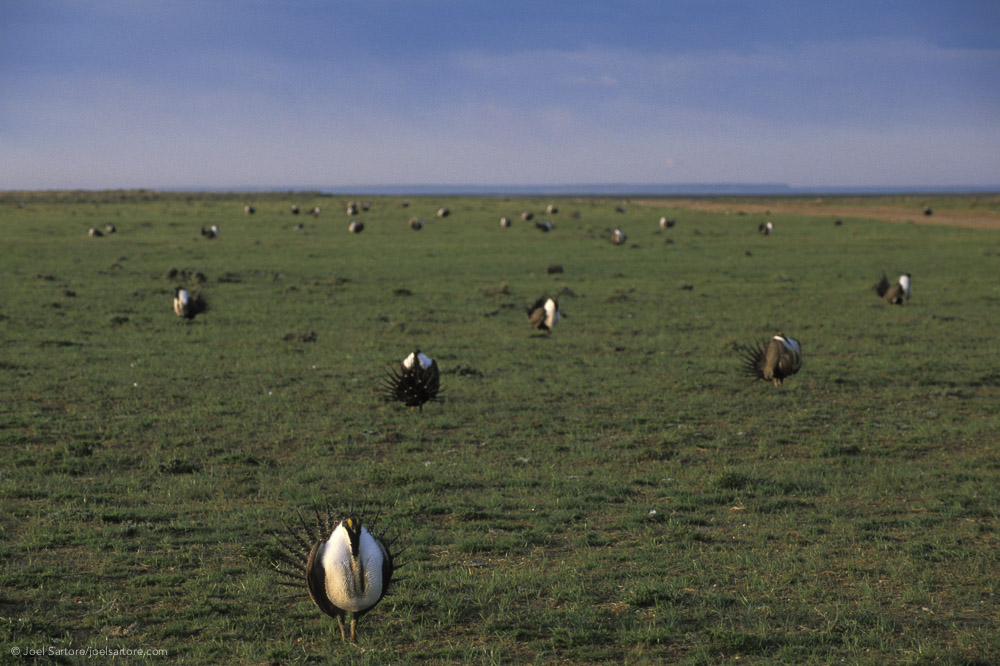

Last Grouse Standing: Can Birds and Industry Coexist in the Western Sage Lands?
An Excerpt By Gustave Axelson, Marc Dantzker, and Gerrit Vyn, Published in Living Bird
In the pitch-black predawn darkness on this patch of Wyoming sagebrush country, the stars still glitter overhead, but they’re forced to compete with the pulsating lights of a sprawling industrial complex on earth. There is no still moment in the dark here anymore, just a continual subsonic tremor—the kind of low frequency rumble that you don’t so much hear with your ears as feel in your lungs.
The gas-drilling frenzy was just ramping up here in 2004 when National Geographic photographer Joel Sartore visited to document the fantastical, chest-puffing spring display of male Greater Sage-Grouse. This spot was still a flat, grassy opening amid a dense sagebrush tapestry in the forefront of the Wind River Range, the perfect setting for a lek. At that time, the sage-grouse came in numbers that filled the entire frame of Sartore’s camera.
Sage-grouse still come to this lek every morning in spring. They arrive in small groups, streaking through the darkness on arched wings, then hitting the air brakes with a rapid flutter of feathers to drop on the lek. Immediately it begins—the whoop-whoop, pop-pop of males vigorously thrusting yellow air sacs out of a billow of snow-white feathers draped around their neck. From their behavior, these grouse don’t seem bothered by the gas field next door. Their ancestors have been coming here since long before there was drilling; they have a cultural draw to this place.
But the numbers tell a different story. In 2007, 184 males were counted on this lek. By 2011, peak attendance on the lek was below 100 males. By 2015, the peak count was 43.
Environmental activists say [the Trump Interior Dept] reopening the plans, as opposed to making adjustments administratively, threatens to dismantle protections altogether. But oil and gas industry leaders hailed the move as overdue. — New York Times
httpvh://youtu.be/aOEmoC5hSHQ
Produced over three years by a team of biologists and filmmakers from the Cornell Lab of Ornithology, The Sagebrush Sea is a one-hour documentary that looks at life in the sage through the eyes of the Greater Sage-Grouse. As the seasons change, we encounter the surprising diversity of life that relies on the sage — songbirds, mule deer, pronghorn, and the powerful Golden Eagle.
“The Place in Between,” “The Big Empty,” “flyover country” — this iconic western landscape stretches across 11 states and part of Canada, a cold desert where relentless wind, sparse rainfall, and extreme temperatures prohibit the growth of trees. What’s left is an ocean of sagebrush — a rugged and aromatic shrub toxic to most animals but nevertheless supports hundreds of fish and wildlife species, with the sage-grouse acting as ambassador. A classic umbrella species, sage-grouse need large expanses of healthy sagebrush grasslands and functioning hydrologic systems to survive and flourish. Conserving sage-grouse will benefit a host of other species in the Sagebrush Sea, pronghorn, elk, mule deer, native trout, and nearly 200 migratory and resident bird species.
It’s a story that has played out repeatedly across the West during the oil and gas boom of the past two decades, sparking the biggest wildlife controversy yet in the 21st century. But on this much there is universal agreement: energy development has been bad for sage-grouse. Seven of seven studies on sage-grouse population response to oil and gas drilling conducted in the mid-2000s reported negative effects.
Historically low populations of sage-grouse made the bird a prime candidate for protection under the Endangered Species Act, which would in turn endanger energy development in Wyoming. So the state proactively issued its own plan for protecting core habitat for Greater Sage-Grouse, in hopes of staving off a federal intervention. It is a conservation plan that has driven a wedge between conservationists. Some say the core plan is a big win, a turning point for a species in a decades-long decline. Others say the plan is weak, doesn’t do nearly enough for sage-grouse, and will not stop the decline.
The Western Energy Alliance calculated that a federal Greater Sage-Grouse listing could cost more than $5 billion in annual economic output. A listing would also impact the cattle industry by affecting ranchers who graze their herds on millions of acres of federal land in the West. — Gustave Axelson
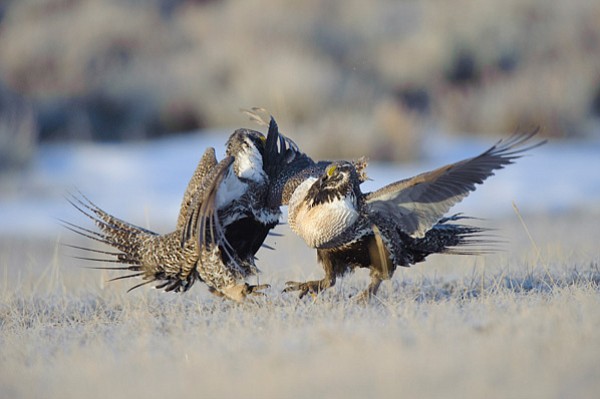

Now more sage-grouse conservation plans are in the works at state and federal agencies in all 11 states of the bird’s range. Unprecedented coalitions are forming across the West that include state agencies and federal, conservationists and energy companies, private ranchers and public land managers. States have invested more than $200 million in sage-grouse, and the federal government has invested $300 million—with another $200 million on the way. The grand total spent on sage-grouse conservation is getting into the ballpark of building a new sports stadium.
“This whole sage-grouse deal, there’s never been a larger conservation effort on the planet directed toward a single species,” says Tom Christiansen, sage-grouse program coordinator for the Wyoming Game and Fish Department.
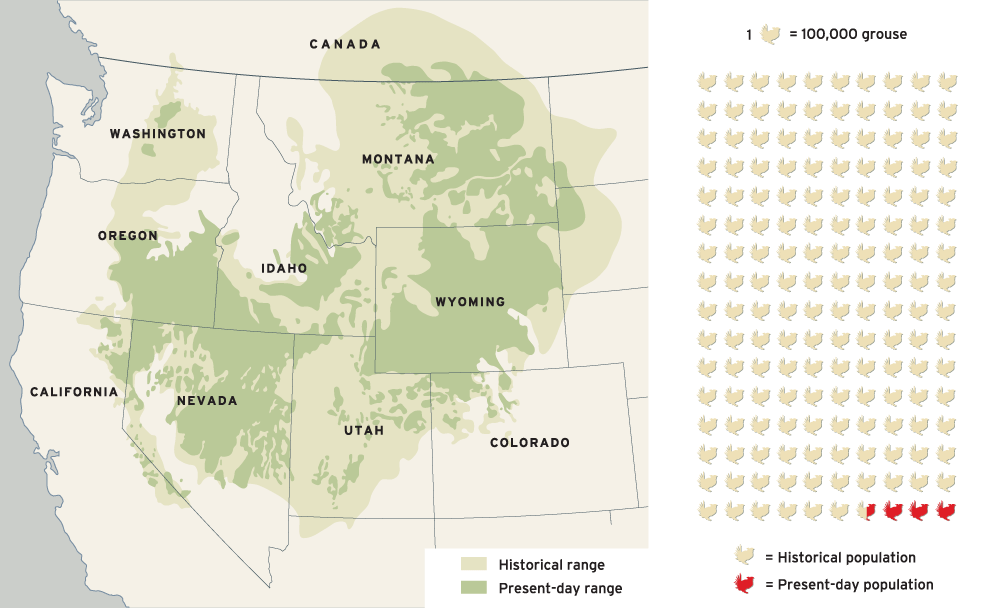

To put the issue in perspective, the federal listing of the Northern Spotted Owl affected forests in Oregon, Washington, and northern California. The listing of the Greater Sage-Grouse would affect 165 million acres from California to North Dakota.
httpvh://youtu.be/ov9_72xLeF0
It’s all coming to a head this September 2015, when the U.S. Fish and Wildlife Service is due to announce a final decision on whether this species ought to be listed under the Endangered Species Act. And the stakes are big in Wyoming, which is #2 in the nation for energy production and the #1 state for Greater Sage-Grouse— with a population of 100,000 to 150,000, more than one-third of the Greater Sage-Grouse left in the world today.
As goes Wyoming, so goes the sage-grouse.
To read the entire essay, go to The Cornell Lab of Ornithology
Updated October 31, 2018.



